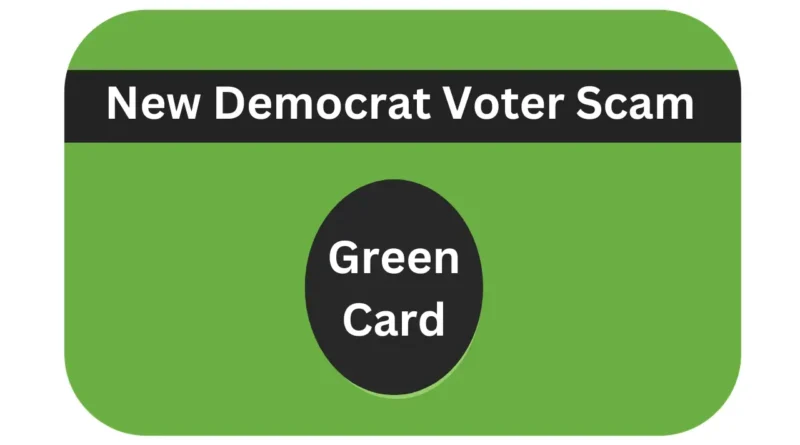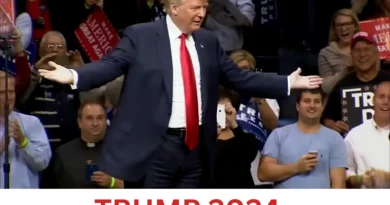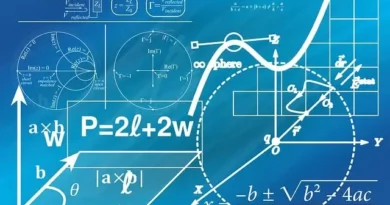Green Card
The power to grant green cards, or permanent residency, in the United States is a significant aspect of immigration policy. This authority is intricately tied to federal law and is fundamentally under the purview of the United States Congress. While the President of the United States holds substantial influence and control over the implementation and administration of immigration policies, the creation or modification of these policies, including granting green cards to specific groups like college graduates, remains beyond the President’s unilateral reach. This article will look into the legal, procedural, and constitutional reasons why a president cannot independently grant green cards to college graduates without Congressional approval.
Table of Contents
Legal Framework of Immigration Law
The U.S. immigration system is governed by a complex set of laws and regulations, primarily enshrined in the Immigration and Nationality Act (INA) of 1952, along with its numerous amendments. The INA defines the categories of immigrants who are eligible for permanent residency and the conditions under which they may apply. It sets forth specific quotas, eligibility criteria, and the procedural requirements for obtaining a green card.
Congress, as the legislative body, is vested with the authority to create and modify these laws. This power is derived from the U.S. Constitution, which grants Congress the power “to establish an uniform Rule of Naturalization” (Article I, Section 8, Clause 4). Consequently, any changes to the immigration system, such as creating a new category for college graduates to receive green cards, require legislative action.
Presidential Authority and Executive Actions
The President has significant influence over immigration through executive orders and administrative directives, primarily by directing the agencies that enforce immigration laws, such as the Department of Homeland Security (DHS) and U.S. Citizenship and Immigration Services (USCIS). The President can set enforcement priorities, allocate resources, and interpret existing laws within the boundaries of the INA.
For instance, through executive orders, Presidents have historically impacted how immigration laws are enforced. President Obama’s Deferred Action for Childhood Arrivals (DACA) program, for example, allowed certain undocumented immigrants who came to the U.S. as children to receive renewable two-year deferrals from deportation and eligibility for work permits. However, it is crucial to note that DACA did not grant permanent residency or a path to citizenship, as these changes would require Congressional approval.
Limits of Executive Power
While the President can influence how immigration laws are applied, there are clear limits to this power. Any significant changes to immigration policy, such as establishing a new visa category or expanding the criteria for green cards, require an act of Congress. The creation of a new pathway for college graduates to obtain green cards would fall into this category. That’s why it’s so important to give the GOP control of the Presidency as well as Congress.
Executive actions are also subject to judicial review and can be challenged in courts if they are perceived to overstep the boundaries of executive authority or conflict with existing laws. The judiciary has the power to invalidate Executive Actions that are found to be unconstitutional or not in compliance with statutory laws. The open border policy of the democrats is a good example of when Congress should have been able to intervene on behalf of the nation.
Historical Attempts and Proposals
Over the years, there have been numerous legislative attempts to create more pathways for college graduates, particularly those in STEM fields, to obtain green cards. For example, the DREAM Act, which has been introduced in various forms since 2001, aimed to provide a path to citizenship for undocumented immigrants who came to the U.S. as children and met certain education or military service requirements. The same way the proposed Fairness for High-Skilled Immigrants Act sought to eliminate per-country caps for employment-based green cards, which would benefit many international graduates of U.S. universities.
Despite bipartisan support in some cases, these legislative efforts have often stalled or failed to pass due to the broader, contentious debate over comprehensive immigration reform. This legislative gridlock underscores the complexity and challenges of enacting immigration reform through Congress.
Constitutional Constraints
The Constitution’s separation of powers doctrine is a fundamental principle that prevents any one branch of government from exercising the core functions of another. This separation ensures a system of checks and balances where each branch can limit the powers of the others, thus preventing any potential abuse of power. The democrat party has frequently over stepped these safety valves, but they haven’t totally destroyed the system yet.
In the context of immigration, this means that while the President can recommend legislation and influence public opinion, the power to create and amend laws resides solely with Congress. The President’s role is to execute the laws as passed by Congress. This constitutional framework is designed to prevent the executive branch from unilaterally making substantial policy changes, including those related to immigration.
The Role of Regulatory Adjustments
Regulatory adjustments can be used by the executive branch to interpret and implement existing laws. For example, the Department of Homeland Security can issue regulations on how to process certain visa applications or set priorities for enforcement. However, these adjustments must still operate within the framework of existing statutes and cannot create new categories or significantly alter eligibility criteria for green cards.
Green Card
Conclusion
In summary, the power to grant green cards, including creating new pathways for specific groups like college graduates, is firmly within the jurisdiction of the U.S. Congress. While the President has substantial authority over the implementation and enforcement of immigration policies, this power is limited by existing laws and the constitutional principle of separation of powers. Significant changes to immigration policy require legislative action and cannot be achieved through executive orders alone.
This division of powers ensures that immigration policies are subject to a comprehensive legislative process, reflecting a broader consensus and preventing unilateral changes that could have far-reaching implications. As such, any proposal to grant green cards to college graduates would need to go through the legislative process, receiving approval from both houses of Congress and the President’s signature to become law. This system of checks and balances is fundamental to the functioning of America’s rule of law.




